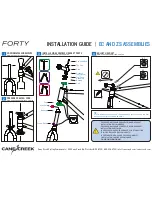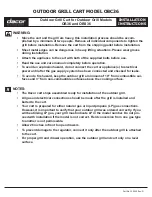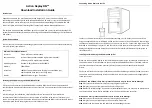
5
Replicating recovery points
Replication
Replication is the process of copying recovery points and transmitting them to a secondary location for
the purpose of disaster recovery. The process requires a paired source-target relationship between two
cores. Replication is managed on a per-protected-machine basis; meaning, backup snapshots of a
protected machine are replicated to the target replica core. When replication is set up, the source core
asynchronously and continuously transmits the incremental snapshot data to the target core. You can
configure this outbound replication to your company’s own data center or remote disaster recovery site
(that is, a “self-managed” target core) or to a managed service provider (MSP) providing off-site backup
and disaster recovery services. When you replicate to an MSP, you can use built-in workflows that let you
request connections and receive automatic feedback notifications.
Figure 5. Basic Replication Architecture
Replication begins with seeding.The initial transfer of deduplicated base images and incremental
snapshots of the protected agents, which can add up to hundreds or thousands of gigabytes of data.
Initial replication can be seeded to the target core by using external media. This is typically useful for
large sets of data or sites with slow links. The data in the seeding archive is compressed, encrypted and
deduplicated. If the total size of the archive is larger than the space available on the removable media, the
archive can span across multiple devices based on the available space on the media. During the seeding
process, the incremental recovery points replicate to the target site. After the target core consumes the
seeding archive, the newly replicated incremental recovery points automatically synchronize.
81
















































